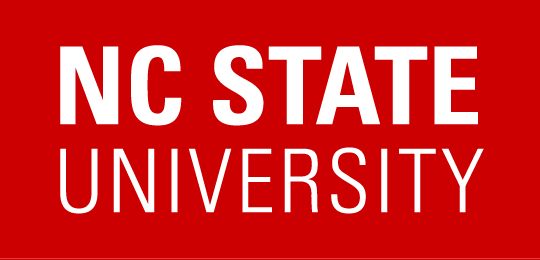Past Senior Design Projects | 2016 | NC State ISE
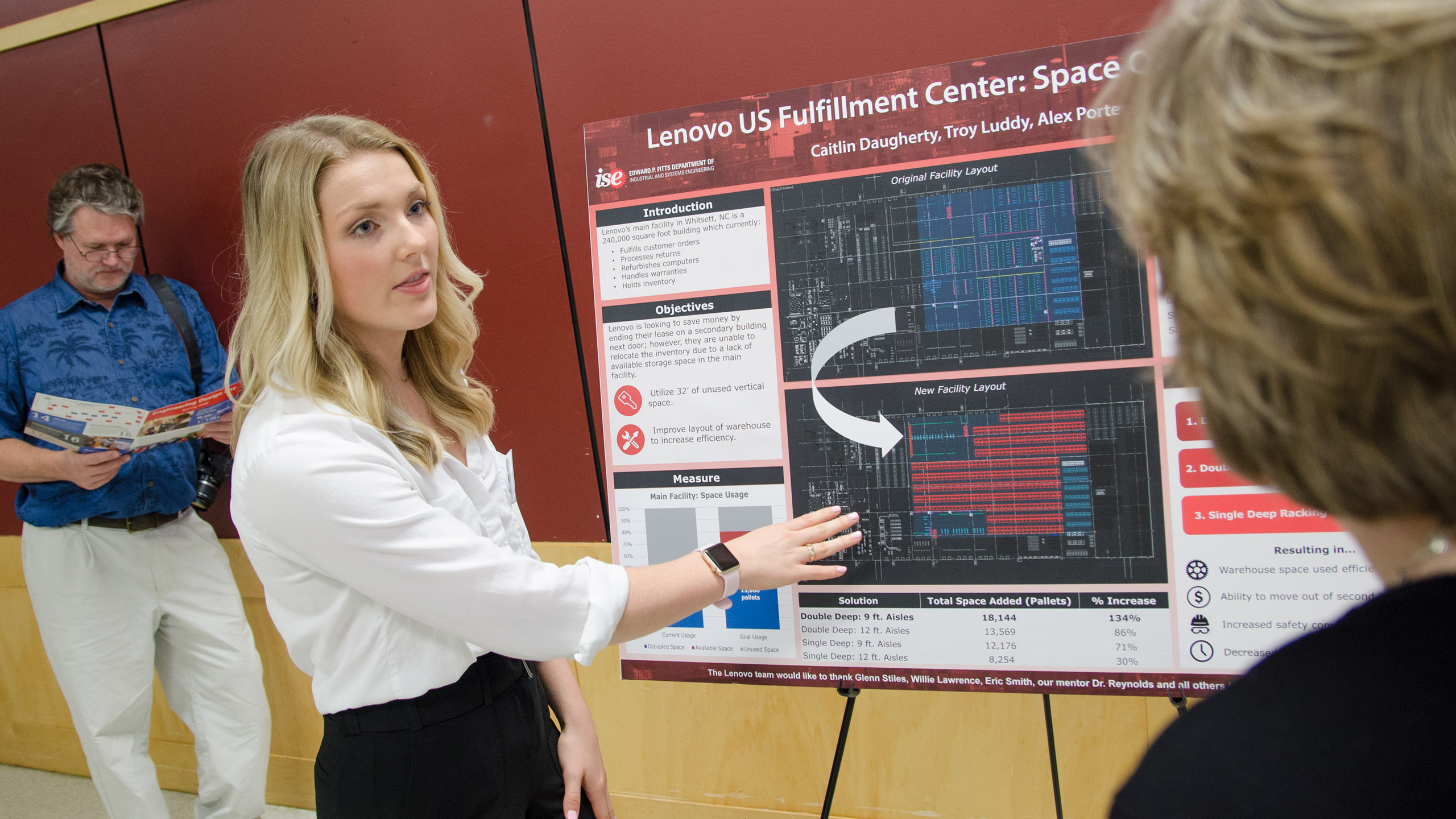
Past Senior Design Projects | 2016
Each semester we have the pleasure of working with local companies on projects as part of our Senior Design Program. These projects are an opportunity for companies to use student resources to have new concepts and fresh ideas injected into their real-world projects. This sponsorship is rewarding for both the project sponsor and the student team. We would like to thank all our past sponsors for their participation in the program.
Fall 2016 | Photo Gallery

Caterpillar
Student Team: Mahmoud Ghoneim, Vika Kiseleva, Sam Nichols, Rebecca Towns
Caterpillar has three production lines (frames, lift arms and roller frames) that are not operating at optimal levels. They want to streamline these operations and improve productivity and control.
To solve this problem, the ISE team will create a simulation model for each individual production line. The team’s goal is to use the model to decrease nonproductive time on the lines by 20 to 25 percent. In the future, Caterpillar engineers will continue to use the model as a decision-making tool for testing possible improvements to their production lines.
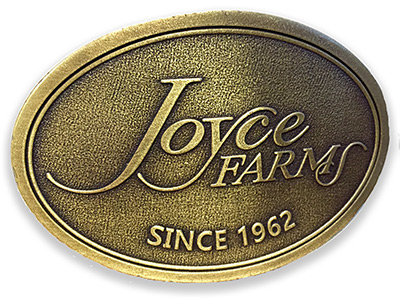
Joyce Farms
Student Team: Cole Hamilton, Devin Kelly, Matthew Wadsworth, Brandon Walton
Joyce Farms wants to improve several aspects of their chicken processing production lines (French breast, French breast boneless skinless and chicken breast boneless skinless). They are looking to reduce processing time, product touches and travel distance.
Using value stream mapping techniques, the ISE team will develop a list of changes to improve the system. The team’s goal is to reduce process flow time, the number of product touches and travel distance, as well as regain pallet storage racks. This will be beneficial in controlling inventory and reducing costs.

Moen
Student Team: Caleb Cushing, Claire Hooks, Matthew Kloeblen, Cindy Sink, Caleb Wilson
At Moen’s New Bern Plant, materials arrive from the component warehouse and are then transferred to the production floor using several different methods of transportation. This system causes internal routing delays and it creates an unsafe and inefficient workplace.
The ISE student team will track this internal traffic flow and provide recommendations for a designated route path. The goal is to optimize the plant traffic flow, the number of trucks and the number of workers needed for each shift.

NC State Sports Medicine
Student Team: Olivia Adams, Chase Jackson, Lydia Lloyd, Seamus Williams
NC State Sports Medicine utilizes many forms and software programs to collect and store health-related data that is then shared with other internal and external departments. They want to streamline the process of gathering, reviewing, acting upon and disseminating this information.
The ISE student team will make the process more constructive, comprehensive and easy for users and recipients. The goal is to provide the highest quality of healthcare while increasing workflow efficiency.


Piedmont Aviation
Student Team: Jalen Feaster, Zach Gabriel, Brian Hessand, Jonathan Lovin
Piedmont Aviation offers its customers a 30-day guarantee on landing gear repairs. The necessary parts for these repairs are not arriving in time for Piedmont to meet the 30-day mark. The layout of the facility is not optimal and is contributing to the delays.
The ISE student team will gather process times for landing gear overhauls and then create a simulation model to analyze the process for improvements. They will also identify the top 10 parts used in landing gear repairs and develop an inventory policy for storing parts on-site.


Precor
Student Team: John Bolla, Justin Jablonski, James Shirley, Taylor Wilt
Precor has invested in a new robotic welding cell featuring quick-change tooling capability. They need to improve the staffing, supermarket size, lot sizes and scheduling methodologies for the cell.
The ISE student team will assess the robotic welding cell’s current capacity, usage, and bottlenecks. The team’s goal is to create a plan to improve system capacity and effective usage of the robot’s time.
Spring 2016 | Photo Gallery
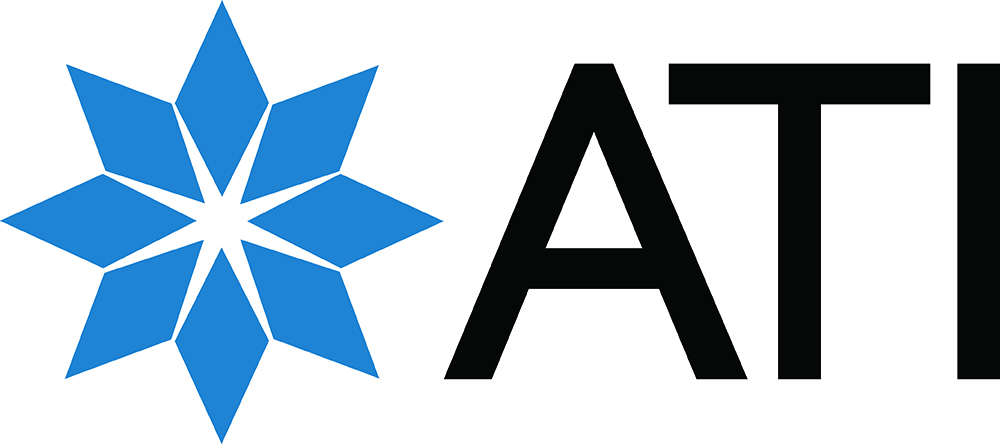


ATI
Student Team: Eric Nagy, Michael Hartsell, Alex Self
ATI uses a process called Hot Isostatic Pressing in order to condense specialty metals to ensure perfect density. ATI has recognized that the canister used is an integral part of the process cost.
The ISE student team has been conducting a cost analysis on multiple different ways to manufacture the canister.



ATI
Student Team: Melanie Card, Jesse Hogg, Steven Spalding
At ATI, canisters are filled with metal powders and disturbed in order to reach the highest packed density as possible. ATI currently uses a vibrating table in order to disturb the powder.
The ISE student team’s goal was to find the best way to disturb the powder and increase the packed density.
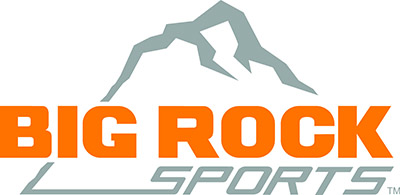

Big Rock Sports
Student Team: Jason Best, Max Copeland, Liz Hester
At Big Rock Sports Distribution Center, high amounts of hunting, guns, and fishing products are received every day. This yields the need to organize and stock the warehouse at a high and efficient pace.
The ISE student team implemented changes in the stocking process by creating simulations that would minimize the time it takes for an item to go from dock to stock.


Century Furniture
Student Team: Ryker Andrews, Marissa Grisham, Janie Lyerly, Corbin Rhoads
Century Furniture has two upholstery facilities in Hickory, NC that share fabric inventory. The project targets optimizing the storage location of each material and reducing the number of fabric transfers between the two facilities.
The ISE student team created a VBA tool that analyzes usage data from SAP and recommends a home storage plant based on where primary consumption occurs.


Coty
Student Team: Gene Huneycutt, Sarah Rogers, Matthew Westbrook
Currently, labor tracking methods at the Coty Distribution Facility are reflected as an aggregate total. When a worker clocks in for the day, there is no granular breakdown for what type of work they are doing.
The ISE student team created a database for monitoring actions throughout the day.


Dyer Mobility
Student Team: Kali Drake, Sarah Hasan, Doug Petrea
Dyer Mobility is seeking to become the industry leader of disability services solutions. It is currently considering how to best provide personal mobility devices to manual wheelchair users at universities.
The ISE student team created the decision tools needed for management which contain market research, user testing data, and economic analysis.
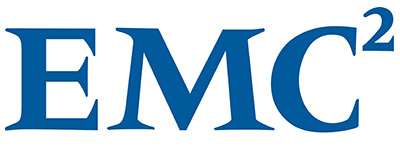

EMC2
Student Team: John Carver, Joe Figueroa, Mahlon Matthews
EMC products have ‘Kits’ that go along with all products that contain necessary materials for proper installation. These Kits are stored on the production floor nearest to the pack-out line where the Kits are packed with the final products.
The ISE student team has created a future state layout to optimize kit storage.


William G. Enloe High School
Student Team: Michael Blum, Emmanuel Horton, Jia Lin
Enloe High School’s current carpool lane has become a traffic nightmare and a danger to students. Parents line up in two or three rows of vehicles, and sometimes traffic backs up for over a half-mile.
To make the carpool experience less frustrating for parents and safer for students, The ISE student team will resolve the problem using existing infrastructure and a new carpool method with enforcement policies.


Flanders
Student Team: James McKinley, Katelyn Shuping, Chandler Thames
Flanders manufacturers a high volume of fiberglass air filters. Due to the volume of production, Flanders is currently experiencing a high waste disposal cost for their fiberglass scrap.
The ISE student team focused on reducing the amount of scrap going to the landfill, thus reducing this cost.



Guerbet
Student Team: Lindsay Emer, Elle Howe, Matthew Mullen
Guerbet produces syringes and vials containing various types of Contrast Imaging solution; a solvent used in MRIs and X-Rays to enhance the image. During the manufacturing process, an unknown amount of solution loss occurs.
The ISE student team will first identify the type of solution, then quantify the amount of loss, and finally develop a solution to reduce the level of loss.



Guerbet
Student Team: Zachary Bostick, Westley Forbes, Benjamin Rachunok
At Guerbet, radiological contrast material is produced by mixing various powdered metals in solution. This process is currently handled manually with great labor requirements.
The ISE team has proposed semi-automated solutions to the powder mixing process, reducing labor expenditure and excess material loss.


IBM
Student Team: Braeden Barr, Karim Habbal and Taylor Smith
IBM provides technical support services for its hardware clients. As part of the support process, each customer receives a survey. The survey is processed through a website and then manually extracted, analyzed and distributed.
The ISE student team automated the data extraction process, as well as improved analytical results to increase productivity savings and survey score results.


Lenovo
Student Team: Blaine Little, William Martin, Nicholas Remy
At Lenovo, orders are comprised of different products and depending on the weight and quantities of products in each order is either shipped via a bulk shipping process or through a small pack process.
The ISE team modeled the current processes in a simulation and manipulated the simulation to come up with an order cut schedule that optimizes outputs for operators to follow.




NC State Sports Medicine
Student Team: Felix Cantos, Todd Goldfarb, Julianne Spencer
NC State Sports Medicine orders $100,000 worth of supplies annually without an inventory control system. This has led to a lack of visibility of reorder points for supplies.
The ISE student team has created a financially-acceptable system that tracks inventory in a user-friendly way.




NC State Sports Medicine
Student Team: Codi Massey, Hiro Sato, Kady Ward
The NC State University Rifle Team’s shooting suits are prone to microbial growth. There is no adequate standardized protocol to reduce and inhibit the growth of microbes.
The ISE student team will provide and implement a protocol for the prevention and sanitization of microbial growth on the rifle shooting suits.


Tindall
Student Team: Alex Lott, Aniket Desai, Eric Draeger
Since the construction of Tindall’s warehouse in 2008, it has never been properly laid out and the stirred production materials have never been well-organized.
Using knowledge of EOQ and reorder points, the ISE student team recalculated inventory levels and redesigned the warehouse to help keep materials organized and improve material picking times as well as ensuring that business-critical materials never run out of stock.


Web Assign
Student Team: Marie Erickson, Nicole Hamilton, Kelly Pomeroy
WebAssign creates and codes questions to be published into online learning modules. They are looking to increase capacity for the future.
The ISE student team improved department-wide efficiency by focusing on three main areas; agile scrum practices, a data analysis tool, and continuous education.
